
Best Wagenbach products in the Non-fiction category
On this page you'll find a ranking of the best Wagenbach products in this category. To give you a quick overview, we've already ranked the most important information about the products for you.
1. Wagenbach KI-Kunst
What sounded like science fiction just a few years ago is now a reality: Artificial intelligence can digitally create images in any style. You describe in words what you want to see, and you immediately receive suggestions. This has caused unrest in some industries, while others are experiencing a sense of new beginnings. But is something truly new being created here, or is it merely recycling existing works, in a sense plagiarizing? Merzmensch presents the most important programs and exemplary works of AI art, along with their qualities and issues, and offers insights into future developments.

2. Wagenbach Emojis
Their history involves media corporations, NGOs, governments, as well as private users and social groups. In the tension of competing interests, emojis are ideologically charged and politicized. Some attach to them the hope of a global means of communication, while others fear a decline in language and civilization. Focusing on the possibilities and limitations of emojis in local and global contexts, Gala Rebane discusses their future potential as a means of communication.
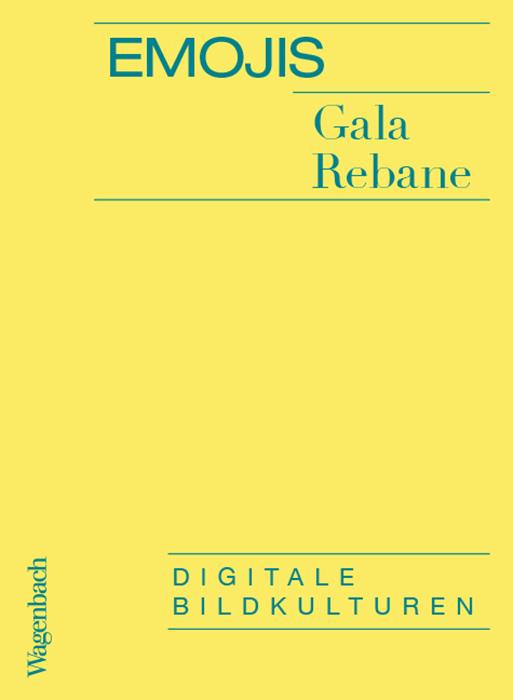
3. Wagenbach Costiera Amalfitana
Who knows the area between Naples and Salerno better than Dieter Richter? For decades, he has researched it through books and on-site exploration, traveling to every corner. He has spoken with the locals, tasted their cuisine, and extensively studied the history of this region. He loves the local authors as much as the sights and customs found there.
With passion, he tells the story of the Amalfi Coast as one of Italy's great wonders. Despite the inhospitable cliffs, the first settlers established themselves there as early as ancient times. The caves provided hiding places for pirates. Later, the ships of Amalfi, the oldest maritime republic in Italy, dominated trade with the East.
The wild beauty of the Costiera – shaped by the labor of many generations who artfully terraced the steep slopes and transformed them into hanging gardens – has attracted artists and writers since the Romantic era, including Karl Friedrich Schinkel, William Turner, Carl Blechen, Fanny Mendelssohn, Leo von Klenze, Richard Wagner, Mary Shelley, André Gide, Siegfried Kracauer, Max Pechstein, and Walter Benjamin. No region has been painted and written about more frequently. In the mid-20th century, a refuge for those persecuted by the Nazis, the Amalfi Coast was declared a UNESCO World Heritage Site in 1997.
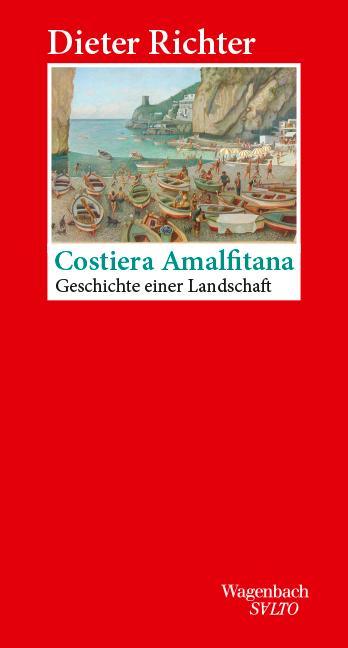
4. Wagenbach Der perfekte Faschist
In June 1926, Rome was the scene of a spectacular social event. A fascist wedding was celebrated, with Mussolini as the best man. The bride was Lilliana Weinman, a celebrated American opera singer from a Jewish industrialist family, and the groom was Attilio Teruzzi, a highly decorated war veteran, participant in the March on Rome, ruthless leader of the Blackshirts, and archetype of the new strong man.
Soon, the virile husband felt his honor wounded by his wife's independence and demanded a divorce—only his wife and the Catholic Church had no intention of agreeing to this. The forced marriage increasingly became a problem for the rising Teruzzi, as the first anti-Semitic laws of the fascist state loomed on the horizon.
With references to literature, fashion, urban worlds, and romantic relationships, the renowned historian Victoria de Grazia unfolds an opulent, captivatingly narrated social epic that makes the cultural climate of the era tangible. She illustrates how Mussolini's movement pushed its revolution into interpersonal relationships. And she vividly depicts the conditions for the rise and fall of the perfect fascist: the development of an ordinary man in a time of extremes.
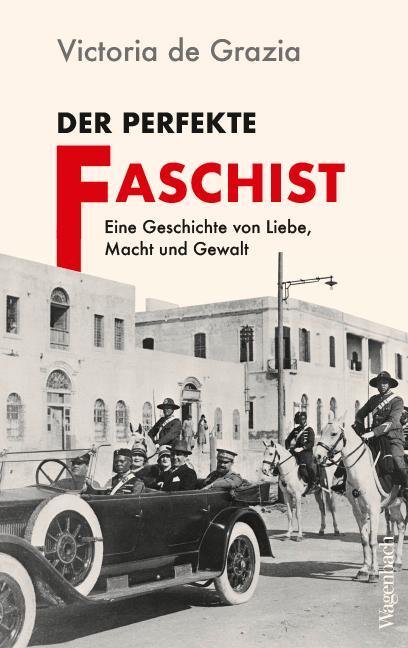
5. Wagenbach Gegen Wegwerfarchitektur
"Build more durably, more densely and, above all, less!" the architect and historian Vittorio Magnago Lampugnani calls out to us.
Sustainable building is on everyone's lips. Most proposals are aimed at short-sighted measures such as the installation of insulation panels (called "mummery fundamentalism" by Lampugnani) or the outlawing of concrete. But in order to create sustainable housing in high-quality houses in the long term, far more differentiated and comprehensive considerations are needed.
Lampugnani sketches a brief history of urban and architectural consumerism and builds on it his reflections on a culture of substantial sustainability. He writes against the eradication of nature through urban sprawl and pleads for a strategy of density: only the compact city can be ecological.
In order to reduce the immense material and energy consumption of the building industry, he calls for a rigorous turnaround: turning away from the development of further building land and the unrestrained consumption of raw materials. Not demolish and build anew, but rebuild, deconstruct, continue to build. The longer a building lives, the more ecological it is.
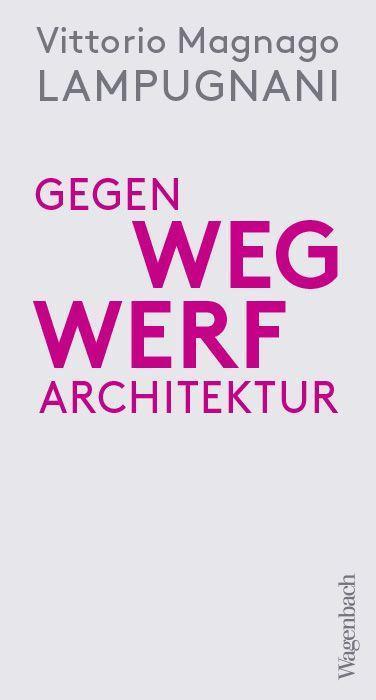
6. Wagenbach Hassbilder
Can we speak of an aesthetic of hate in social media? How do radicalizations develop, how do resentments harden? Hornuff makes it clear that hate is not only expressed in language: It is images that fan it out aesthetically and make it connectable. Thus, Daniel Hornuff interprets hatred in social media not as a psychological impulse, but as a communicative act. And he points out: Nobody has to be powerless in the face of this phenomenon!
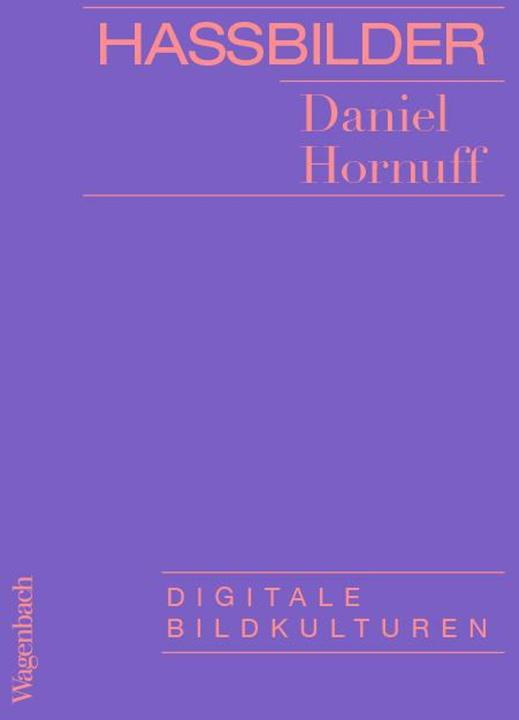
7. Wagenbach Filter
Social media filters have had a decisive influence on the aesthetics of our timelines for some time now. Edited imagery is ubiquitous, far beyond simple colour corrections. We all use filters, transforming ourselves into older or younger versions of ourselves, into cartoon characters or trolls. At the same time, the technical possibilities are becoming more and more complex: old photos are starting to dance, black-and-white shots can be coloured effortlessly. But this development is not without impact on our relationship to reality: from body politics in social media to deep fakes.
Berit Glanz shows how filters have changed the internet and ventures an outlook on their future.

8. Wagenbach Pier Paolo Pasolini
Nico Naldini, like his eight years older cousin Pier Paolo Pasolini, who grew up in Casarsa in Friuli, describes in this chronology Pasolini's life and entire work. It begins with the idyllic years of their youth together in Casarsa, Pasolini's first poetic attempts in the Friulian dialect, the confusing experiences of early love - up to that first conflict with the bourgeois world, the accusation of "obscene acts", the consequent loss of his position as a teacher and his expulsion from the Communist Party. Naldini quotes a wealth of testimonies by and about Pasolini: diaries, private correspondence and memories of his friends, unusual photos, recorded conversations, journalistic polemics and aesthetic discussions with his colleagues - building blocks from the life and work of a poet who lived thirty years ago.

9. Wagenbach The Lives of Bramante and Peruzzi
Giorgio Vasari, 1511-1574, the great man from Arezzo in Tuscany, was a universal genius: painter, architect (builder of the Uffizi), advisor to the Medici, art collector and historian. 'The Lives of the Most Famous Artists', in short: 'Le vite', are his main works.
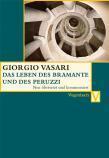
10. Wagenbach Augenzeugenschaft
In his clear and stimulatingly written book, Peter Burke leads us through the picture room of history, thus expanding the fund of historical sources. Images - far removed from any consideration of art - can also be read as materials for historical knowledge and offer the historian a chance to write history that has hardly been used up to now. Paintings, prints, caricatures, maps, posters, photographs and the moving images of film are meaningful, but they can also lie or conceal and manipulate reality. Using many examples from antiquity to the present day, from equestrian statues to Japanese woodcuts, Peter Burke tests his theory of historical, critically interpretive seeing. The reader will see many a picture with different eyes in the future!
